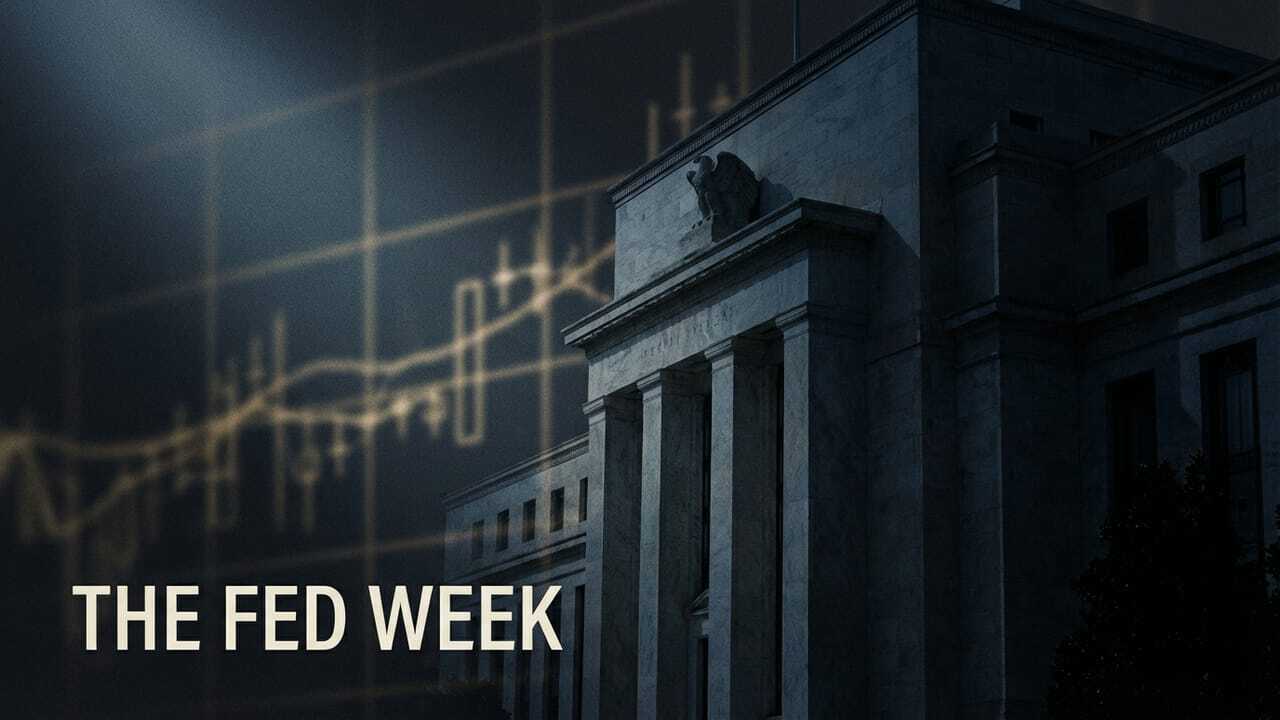
📢Good morning,
Foreign CRE investment fell to its lowest level since 2011, with volumes under $45B in 2024. AFIRE reports that 52% of global investors have cut U.S. allocations, citing legal risk and high hedging costs. Liquidity pressure is intensifying in major metros as foreign buyers pull back.
📊 Quick Dive
30 states now impose bans, primarily targeting China, Russia, Iran, North Korea (PERE).
Texas SB 17 took effect in Sept. 2025, restricting foreign nationals from owning property.
Foreign inflows <$45B in 2024 vs. $95B in 2020 (AFIRE/MSCI). Read the full Signal

Global CRE Rebalances Amid AI Demand and Climate Policy
Global real estate investment held flat at $380B in H1 2025 (Savills). Offices saw a 12% YoY rebound while data centers surged on AI demand, projected to grow capacity +18% through 2026. ESG is now a top-three driver of allocations, with certified assets commanding premium pricing. Read Full Signal →
RBI Rate Pause Shields India’s Housing Market
India’s central bank held the repo rate at 5.5%, preventing EMI shocks for borrowers (Economic Times). Q3 sales volumes across the top 7 cities fell 9% YoY, but values rose 14% YoY, underscoring strength in mid-to-premium housing. Global allocators see India as a relative stability play amid Fed uncertainty. Read Full Signal →
Dubai Property Market Posts Record Deals, Outpaces Global Peers
August 2025 transactions hit 18,678 worth AED 51.1B, up 15% in volume and 8% in value YoY (Dubai Land Dept). Yields of 10–12% far exceed U.S./EU benchmarks, while Golden Visa inflows from Indian buyers drive demand. Dubai’s openness contrasts sharply with U.S. restrictions on foreign ownership. Read Full Signal →
Luxury U.S. Housing Market Softens as Sales Hit Decade Low
Luxury home sales (>$1M) declined 0.7% YoY, reaching their lowest level since 2013 (WSJ/Redfin). A Dallas estate listed at $12.5M closed at $10.99M, underscoring discounting. Developers and lenders are bracing for longer absorption cycles and tighter credit sizing. Read Full Signal →
Foreign Capital Pullback Leaves Selective Buyers in U.S. CRE
2024 inflows fell below $40B, the weakest since 2011 (MSCI). The U.S. dollar declined 10% in H1 2025, raising hedging costs and deterring Asian/European investors. Middle East sovereign funds remain active, pledging $20B to U.S. data centers, but most global allocators are cautious until Fed cuts in 2026. Read Full Signal →

Capital walls are shifting. State-level bans on foreign buyers, coupled with rising hedging costs, mean trophy and gateway assets can no longer rely on offshore liquidity. For investors and operators, this requires repricing assumptions, longer marketing periods, and heavier dependence on domestic syndicates and private credit.
Markets like Dubai, with double-digit yields and open foreign ownership policies, will attract global capital away from the U.S. The smart move for U.S. players? Tighten underwriting, pivot marketing decks toward domestic buyers, and consider cross-border co-investment partnerships that capture foreign appetite indirectly.

2025 legislative cycles likely to expand foreign ownership bans in more states.
Fed policy watch: Possible rate cuts in 1H 2026 could re-open global flows.
Data center race: AI capacity build-out will remain the strongest capital magnet.
Luxury reset: Expect further corrections if rates hold high through year-end.
Dubai divergence: Capital will continue flowing east as U.S. barriers tighten.







